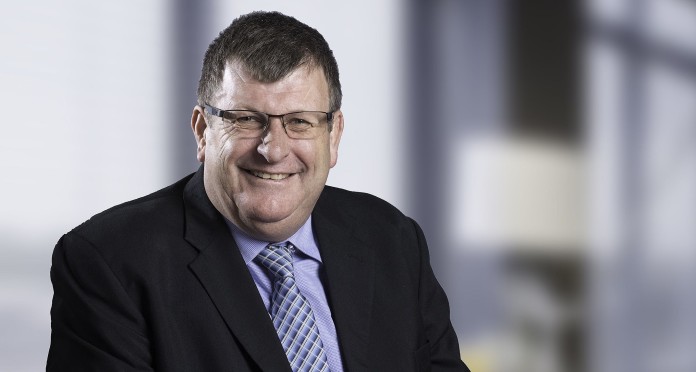
HARMONY Gold CEO Peter Steenkamp acknowledged being “spoiled” by transactions the company had undertaken since 2017: the $306m acquisition of Moab Khotsong and Mponeng, also for $300m.
The deals, both of them in South Africa and from AngloGold Ashanti, boosted Harmony Gold’s annual production and lessened its reliance on older, higher cost shafts.
Happily, they were conducted at a time of rand depreciation and dollar gold price strength. The rand gold price subsequently reached all time highs of over R1 million per kilogram levels. That made the acquisitions look extra smart.
Now, however, the company is looking internally for new gold. Projects worth R8bn announced in September are brownfields, but don’t do enough to grow current annual production – guided to 1.4 million ounces this year, and below the aspirational 1.8 million oz target Steenkamp set out.
In addition, they look expensive, analysts say. When considered stay-in-business capital, the projects inflate the firm’s all in sustaining cost (AISC) at a time when margins have fallen owing to a decline in the rand gold price.
As a result, the dividend could be vulnerable, especially if wage discussions currently underway deliver a significant above inflation cost increase. A 15% jump in the Eskom delivered electricity tariff will also drive costs upwards.
“We do not view Harmony as a vehicle to return cash to shareholders from rising gold prices, but rather as a vehicle to gain capital returns over the short term,” said Adrian Hammond, an analyst for Standard Bank Group Securities in a recent note.
Analysts at RMB Morgan Stanley have taken a similar view. It said R3.3bn in additional capex this year could reduce the firm’s free cash flow by as much as 10%. “Given the mechanics of the dividend policy … additional capex could result in curtailment of the FY22 dividend,” said its analysts Jared Hoover, Christopher Nicholson and Brian Morgan.
Harmony’s view is that these are projects are worth doing because they are long-life and can be stopped should the rand gold price fall below R700,0000 per kilogram. Steenkamp argues that life extension projects of this nature are in the firm’s DNA. Long the buyer of last resort, Harmony has “always had this cliff,” he said in an interview in August.
Two alternative growth strategies for Harmony are an acquisition of another company or project and/or the development of its Wafi-Golpu project in Papua New Guinea (PNG). The latter isn’t an immediate prospect.
The organic growth pipeline sustains production for about five years, but whether that buys enough time for Wafi-Golpu is impossible to know. The project is stuck in PNG politics. It could take five years from project approval to production.
Buying another company or project of scale to change Harmony’s production profile is also fraught with jeopardy. Steenkamp said merger and acquisitions are expensive. The company recently kicked the tyres of Golden Globe Resources in Australia but contrary to speculation the firm didn’t make a bid, he said.
“We’re still looking in Africa and in South East Asia as well as Australia,” said Steenkamp. “We’re also looking in South Africa.” That last point could hint at one possible major final deal for Harmony involving the mature assets of Sibanye-Stillwater. “Potential M&A may concern Sibanye-Stillwater although we think the probability of a deal in the near to medium term is unlikely,” said Hammond.
“We’ve never shied from investing in South Africa. We need to address this [production] cliff and it will be addressed,” said Steenkamp. “We’ve managed it this way for 70 years and we will do so in the future.”











